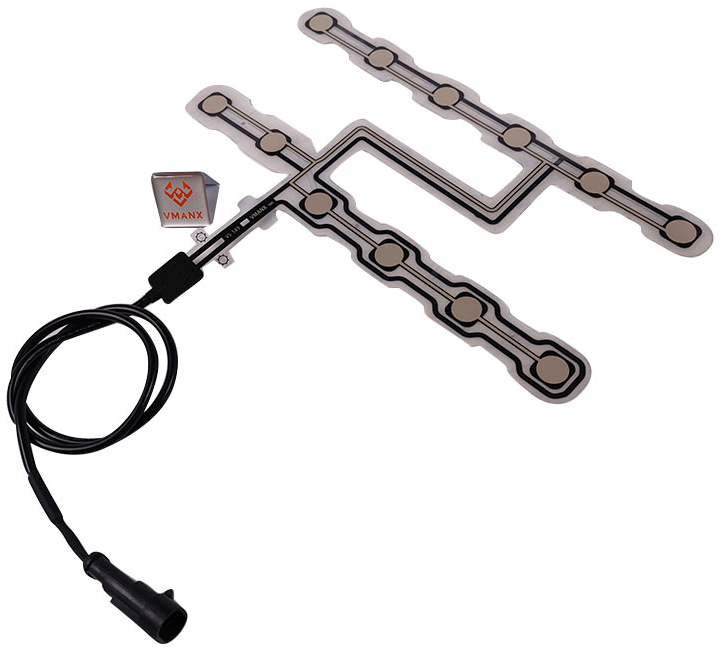 admin
admin  2021-04-12 07:30:10
2021-04-12 07:30:10
The process of using the pressure sensor should pay attention to the following conditions:
1. Prevent the transmitter from touching corrosive or overheated media;
2. Prevent dross from depositing in the duct;
3. When measuring the liquid pressure, the pressure tap should be opened beside the process pipeline to prevent deposits and slag;
4. When measuring gas pressure, the pressure tap should be opened at the top of the process pipeline, and the transmitter should also be installed on the upper part of the process pipeline, so that the accumulated liquid can be simply written into the process pipeline;
5. The pressure guiding tube should be installed in a place with little temperature fluctuation;
6. When measuring steam or other high-temperature media, a condenser such as a buffer tube (coil) should be connected, and the working temperature of the transmitter should not exceed the limit;
7. When freezing occurs in winter, the transmitter installed outdoors must adopt anti-freezing measures to prevent the liquid in the pressure inlet from expanding due to icing and causing damage to the sensor;
8. When measuring the liquid pressure, the device position of the transmitter should prevent the impact of the liquid (water hammer phenomenon) to avoid damage to the sensor from overpressure;
9. When wiring, pass the cable through the waterproof connector (accessory) or flexible tube and tighten the sealing nut to prevent rainwater from leaking into the transmitter housing through the cable.

Daily protection
1. Check the size of the device hole: If the size of the device hole is not suitable, some of the threads of the sensor are simply worn out during the process of the device. This will not only affect the sealing performance of the equipment, but also make the pressure sensor not fully functional, and may even cause safety hazards. Only suitable device holes can prevent thread wear (Thread Industry Specification 1/2-20UNF2B), and device holes can usually be inspected with a device hole measuring instrument to make appropriate adjustments.
2. Adhere to the cleaning of the device holes: It is very important to insist on the cleaning of the device holes and prevent the melt from blocking to ensure the normal operation of the equipment. Before the extruder is cleaned, all pressure sensors should be removed from the barrel to prevent damage. When the sensor is removed, the melt may flow into the device hole and harden. If the remaining melt is not removed, the top of the sensor may be damaged when the sensor is installed again. The cleaning kit can remove these molten residues. However, the repeated cleaning process may deepen the damage to the sensor caused by the device hole. If this happens, measures should be adopted to increase the position of the sensor in the device hole.
3. Choose the proper orientation: When the pressure sensor is too close to the upstream of the production line, the unmelted material may wear the top of the sensor; if the sensor is installed too far behind, it may be between the sensor and the screw stroke. There will be a stagnant zone of the molten material, where the molten material may be degraded, and the pressure signal may also be distorted; if the sensor is too deep into the barrel, the screw may touch the top of the sensor during the rotation process and cause its damage. Generally speaking, the sensor can be located on the barrel in front of the filter, before and after the melt pump or in the mold.
4. Clean carefully; before cleaning the extruder barrel with a wire brush or special compound, all sensors should be disassembled. Because these two cleaning methods may cause a sensational film damage to the sensor. When the barrel is heated, the sensor should also be disassembled and the top of the sensor should be wiped with a soft cloth that will not wear out. At the same time, the hole of the sensor should also be cleaned with a cleaning drill and guide sleeve.